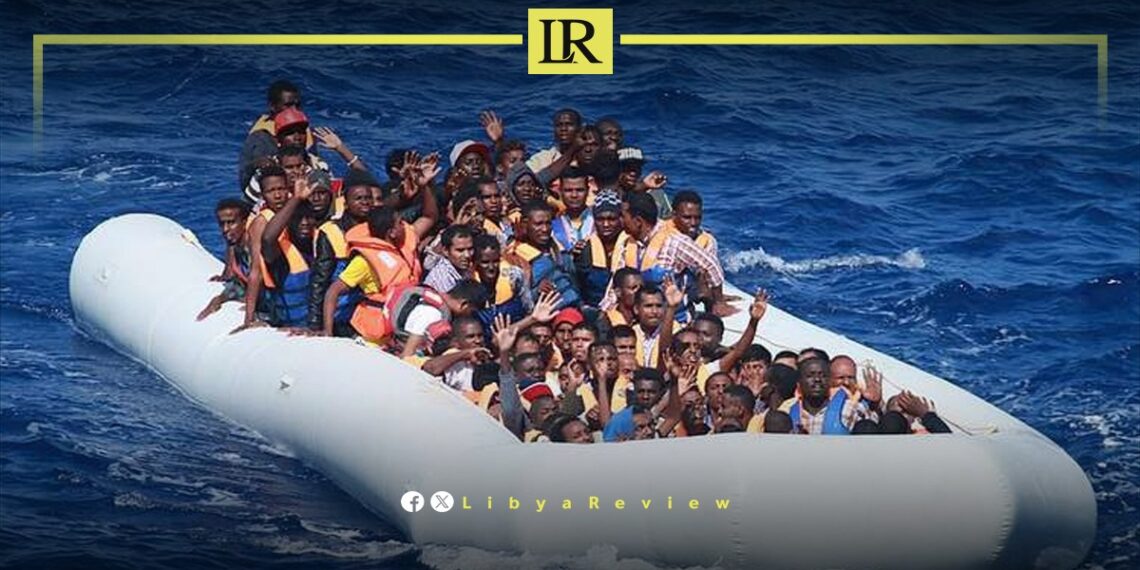Libya has overtaken Tunisia as the primary departure point for migrants heading to Italy by sea in the first half of 2024, according to new data from the Ministry of the Interior reported by Agenzia Nova. As of 5 July, at least 25,692 individuals reached Italian shores, marking a significant 60.85% decrease from 67,102 arrivals in the same period in 2023.
Nova’s analysis of departure countries reveals that 14,755 migrants arrived from Libya by 5 July 2024, a 47.44% year-on-year decline. Meanwhile, only 10,247 migrants arrived via the Tunisian route, a sharp 71.24% drop from the 35,000 arrivals in the first half of 2023. The International Organization for Migration’s latest update recorded 358 deaths and 513 missing persons in the Central Mediterranean crossing, which includes Tunisia and Libya, from 29 January to 871 June, totaling 871 victims.
Agenzia Nova learned that nearly all departures from the Libyan coast occurred in the Tripoli region, the country’s western area, with 583 migrants departing from Cyrenaica. This contrasts with the first half of 2023, when unexpectedly, more migrants departed from the eastern part of the country, dominated by Khalifa Haftar, the top commander of the Libyan National Army based in Benghazi, than from the western coasts. The Italian Ministry of the Interior’s figures, reviewed by Agenzia Nova, also show a decrease in migrant arrivals from Turkey, with 908 arrivals as of 5 July compared to 3,018 in the same period in 2023. The route from Algeria to Italy remains marginal, with 292 undocumented migrants arriving, compared to 376 in Sardinia during the same period in 2023. Additionally, 214 migrants arrived from Lebanon by 31 December 2023.
Most migrants arriving in Italy were from Bangladesh (5,709) and Syria (3,093), likely departing from Libya, followed by 3,331 Tunisians and 2,025 Guineans, who usually leave from Tunisia. Notably, 1,750 Egyptians, 1,047 Pakistanis, 897 Gambians, 895 Sudanese, 877 Malians, and 699 Ivorians also arrived. Another 5,089 people were listed under “other nationalities,” which could include migrants still undergoing identification processes.


